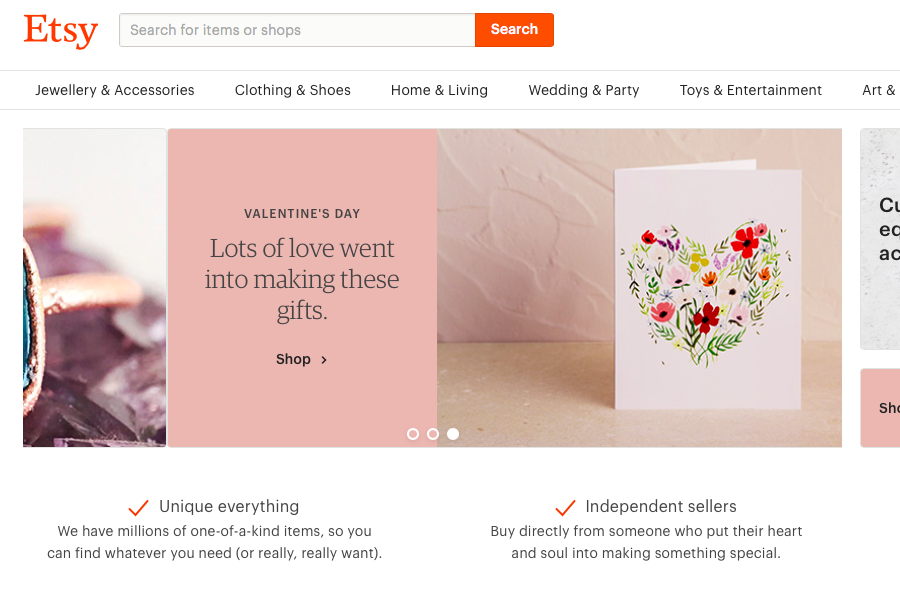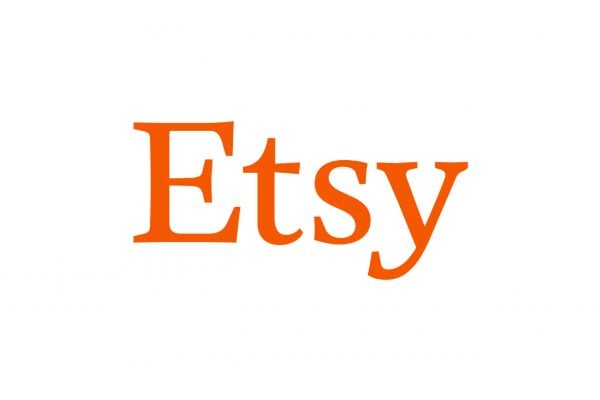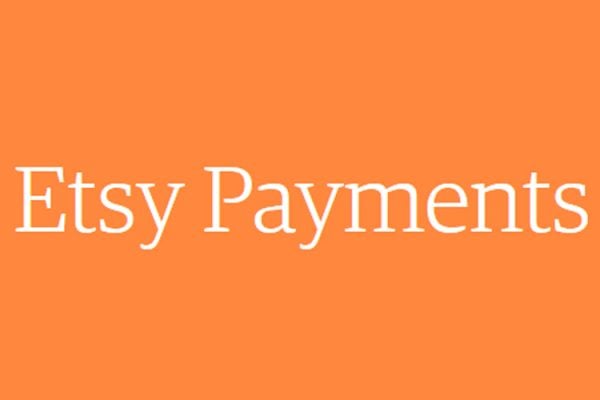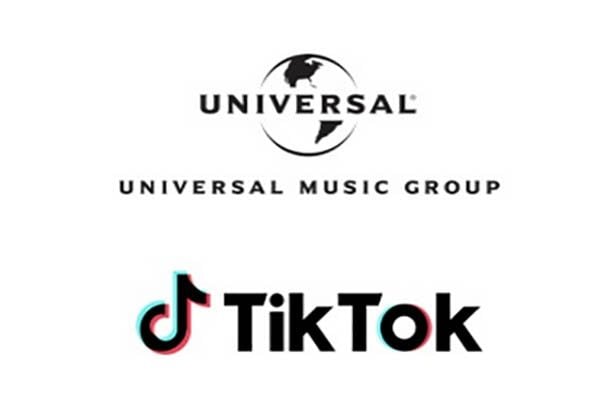This post about Etsy is part of Tamebay’s January and February 2018 Marketplaces series sponsored by Flubit. To find a full list of marketplaces we’ve written about this month, visit our Marketplaces 2018 page here.
Web address: https://www.Etsy.com
Marketplace Overview
Etsy is well known and a major player in the handmade and vintage arena with a marketplace that is strong on visuals, offering curated collections and suggestions and commanding a loyal and passionate following. In the UK they have a decent network of sellers who host regular meet-ups and also host offline craft fairs.
Roughly one half of sales are made on mobile devices and 30% of sales are made outside of the United States. It’s reported that something like 80% of sellers are women. And that, perhaps, goes someway to understanding its broad appeal and reputation for fantastic and unique handmade goods.
They saw sales of $766 million in the third quarter of 2017, to an active global shopping community of 32 million in more than 80 different countries. 1.9 million sellers were listing 45 million different products at the end of 2017.
Seller registration and requirements
It’s easy to get registered and you don’t need to be accredited or approved by the marketplace. But you do need to provide and build fantastic, beautiful listings and construct a shop front. Look at Etsy and you’ll see that listings are quirky and warm and often laced with personal stories about the products for sale.
Product listings and fulfilment
Once you’re registered, you’ll need to build your store. You can find out all about that here. Etsy doesn’t offer any fulfilment itself and you make your own despatches on your own terms. Tracking isn’t compulsory. Payments are taken through their own payments system and disbursed to you, or you can offer PayPal or even take cheques or money orders.
Tamebay’s take on Etsy
Etsy is a major player that finds itself very much at a crossroads. Having gone public and floated on the stock exchange a few years back, the pressure is on to delivery consistent and unambiguous growth and profits. Whilst it does seem to have turned a corner in 2017, previously it did have a ropey time and that required a change of leadership and circumspection about its strategy and position in the market. In short the question is: what is Etsy for?
One answer to that is that it is in pole position to be a key global player in ecommerce in the craft, homemade and craft sector which is absolutely enormous, but only if it can reform and prosper. It certainly has scope for international expansion. But the loyal following of sellers and shoppers are keen that Etsy should retain its homely and honest vibe that has been crucial to its development thus far.
There is nothing to say that as a company grows that it must become more anonymous or less attractive, but that is certainly what happened to eBay. If Etsy is to flourish, it must jealously guard that undefinable Etsy thing that makes it such a joy to shop on.
If you have you any experience selling on Etsy, please do share your insights.
For more information about marketplaces check out the Tamebay Guide.








